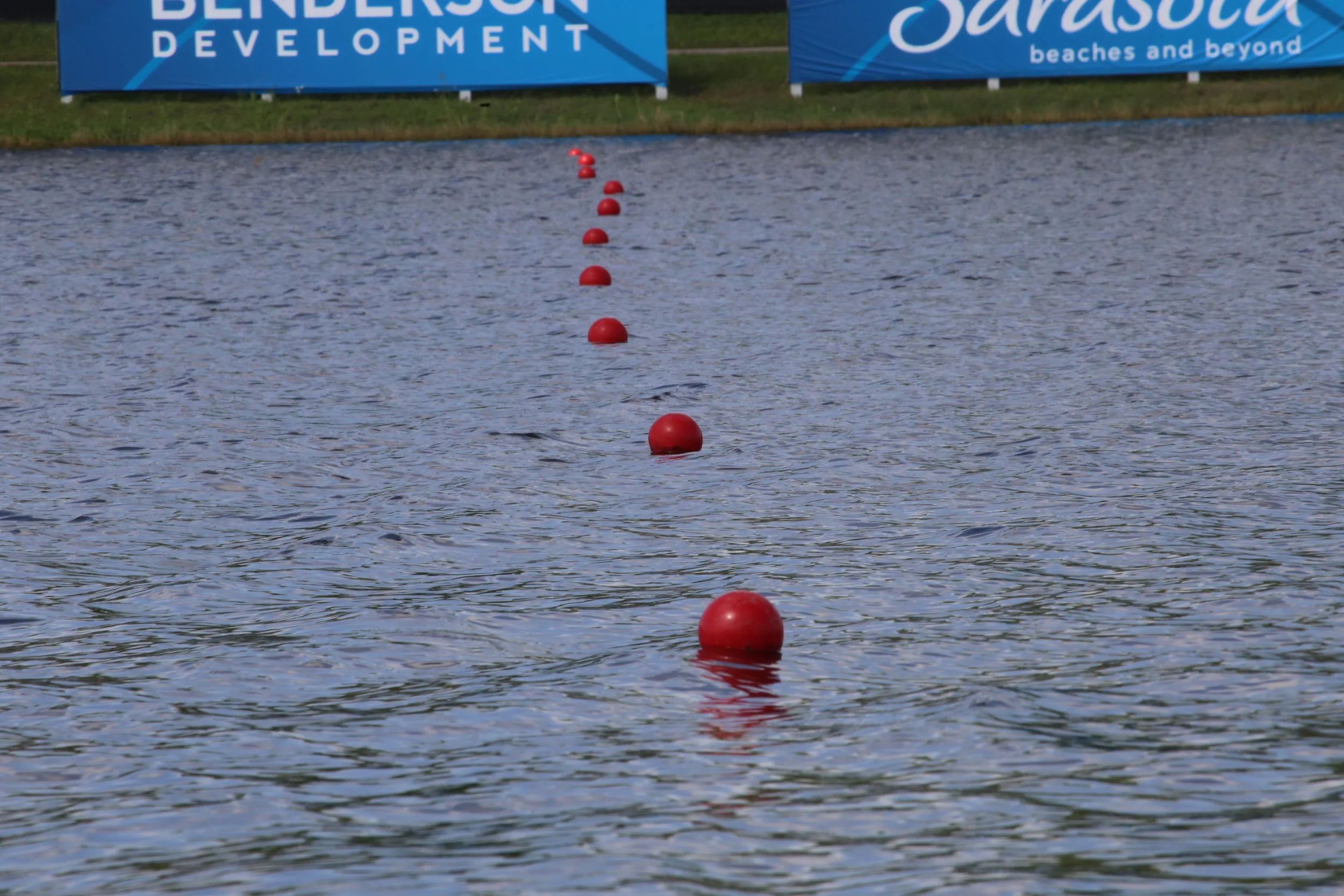Coxing can often be a balancing act; are you an athlete or are you a coach?
When you’re racing, your coach is on the shore so you take on many of the coach’s roles. During practice, when your coach is in the launch next to your boat, you’re an athlete, with as much to learn as the rowers. And then there are times when the coach wants you to stay quiet. And then there are times when the rowers want you to speak up. Having a strategy for working with your coach is critical not only to your success but to your crew’s success as well.
Barb Grudt is a two-time Olympian (1984 and 1988), two-time World Championship medalist (1982 and 1987) and two-time CRASH-B World Record holder (1986 and 1987). Medaling in both sweep and sculling events, she has spent her fair share of time in a boat. As a coach, she has seen her boats win medals at the Henley Women’s Regatta, Junior World Championships, Nations Cup, U-23 World Championships and Youth Nationals. She has coached at Dartmouth College and the University of Pennsylvania and is now the Director of Rowing at the Peddie School. In the summer, when her coaching duties at the Peddie School have calmed down a bit, Grudt leads the staff at one of the premier rowing and coxing camps in the nation at the Northeast Rowing Center in Raymond, Maine.
As a coach, Grudt has strong feelings about how coxswains can be effective. “Steering is number one,” Grunt says, when asked about her expectations of coxswains. “The two things that bug me the most as a coach is when coxswains talk over a coach and when rowers tell their coxswain what to do.” Grudt is direct, as many coaches are. And, she gets right to the point.
“At Peddie, we have more coxswains that there are boats. It’s competitive. What I’ve started doing is issuing the coxswains–novice and varsity–a daily challenge. They run the beginning of practice on land, getting through the warm-up and getting the oars to the dock. The coxswains who complete the land work first are the ones who cox that day. In the beginning, it turned out the two novice coxswains were done first.” She pauses here, smiling. “It was interesting. We sent out the novice coxswains. The next day was different. It was what you’d hope for as a coach. There was more focus at the start of practice. The second boat ended up winning the warm-up challenge. Coxswains have to be able to respond to these leadership challenges.”
Grudt helps her coxswains understand the relationship between themselves and her coaching staff by putting them in positions that bring out their inner-coach. As she goes into winter practice, with hours of erging as the norm for her Peddie School team, she challenges her coxswains to contribute. “I hand my iPad to coxswains and have them step the team through the workout.” She smiles here, knowing the typical coxswain response to erg rooms. “They all wanted to yell and motivate their athletes. I told them, ‘I want you to watch. I want you to see if your rowers hold their splits.’” The coxswains were surprised Grudt didn’t want them to talk. Grudt told them, “I want you to know and understand your athletes. Are they erratic? Do they get bored and their technique goes out the window? Use the erg room to understand each athlete.” Grudt knows this information–the understanding a coxswain can develop about each athlete’s strengths and weaknesses under pressure–will come in handy in the boat next spring.
Grudt’s story about developing her coxswains in the erg room continues. “On the next piece, I allowed each coxswain to make one technique comment. Then, they had to walk away. The next day, we used the HUDL program [a video recording app]. The coxswains passed the iPad around, videotaping their athletes. I wanted to know what they saw.” Grudt stops here, impressed. “They all did a great job. They noticed what I wanted them to see. On the next piece, they were allowed to use that information.”
This approach–teaching coxswains to do more than yell in an attempt to motivate rowers externally–gets to the core of Grudt’s approach as a coach. By the end of this multi-day mini-class for her coxswains, the athletes were being shown their video with specifics about their technique. “It puts my words in the cox’s mouthes. They’re saying the right stuff. The discussions they’re having are about fact, not emotion. It’s so different from anything they’ve done. They’re developing more intellectually.”
This intellectual development is what Grunt strives for during the summer months, when she takes her approach toward coaching to the camp she directs at the Northeast Rowing Center.
“I think camps are important, but coxswains have to find the right camps.” Selecting a camp that will give coxswains as much feedback as rowers get is critical. “I’ve seen coxswains go from being a novice coxswain to making the varsity boat because they developed so much over the summer. The best coxswains are engaged. They ask the right questions. They push themselves.”
Northeast Rowing Center’s camps have been going strong since 1989, when they were started by Bill Miller. Grudt is the camp director and ensures coxswains have a dedicated track. “Kayleigh Durm is the head of our coxing education program.” Durm, a frequent contributor to this magazine, is the Director of Operations for Columbia University’s Heavyweight Rowing and the creator of the “Ready All, Row” blog.
“For our camp, Kayleigh handles the land work for coxswains, practice sessions and observations, drills and the technical reasons behind every drill. She also does audio review with every coxswain. We want the coxswains to take on the big-picture thinking they need to be successful. Coxswains are challenged to develop their control of the boat and their crew. We work with them to identify how to improve their leadership skills–on and off the water, in safety situations, and when coaching basic technique. We routinely ask them, ‘Do you have enough control to get your crew to do that?’” Grudt pauses here, then forges ahead unabashedly. “Kayleigh is tough. Her standards are really high.”
The six-day camp at Northeast Rowing Center uses a residential camp setting and operates on Crescent Lake, a three-mile long protected body of water that allows the coaches to focus on each boat individually, with plenty of practice time. “We do it a little differently from most camps,” says Grudt. “More teachers equals a better experience for the coxswains. We focus on the technical skills rowers and coxswains need to become faster. We’re very individualized. We have twice-a-day coxing, video feedback sessions, audio review, and technique, core and erg clinics. And, with 125 participants, we like to throw in a little fun mid-way through.” Grudt explains the camp’s facilities are perfect for a ‘70s-style disco party mid-week.
“When thinking about a camp,” Grudt explains, “coxswains should look for genuine programming and the care the camp takes with their experience. Look for the activities that will develop you as an athlete, as a total athlete. That’s what coaches are looking for.”
You can find more information about the Northeast Rowing Center at www.rowcamp.com.


